
Diving: 7 Surprising Challenges and Benefits
Diving is the practice of swimming underwater, either with underwater breathing equipment, such as those used in scuba diving or surface supply diving or by breath-hold diving. It is one of the sports that depend on muscle building, physical strength and high flexibility, such as gymnastics. Diving is one of the ancient and popular sports and is widely practised in swimming places. It has been included in swimming competitions in the International Olympic Games since the Paris Games in 1900.
Although you may have seen films and pictures of the underwater world, you are about to discover that it is very hard for a non-diver to fully understand what diving is. Besides watching the aquatic creatures with their scenic beauty, you will experience a unique sense of diving, like the excitement of breathing underwater for the first time.
The sense of weightlessness, swimming like astronauts, and the more experience you gain in diving changes the sense of mystery that you now have to curiosity, excitement and adventure. With the right equipment, knowledge and skills, diving is easy, safe and fun. You can explore some environments by adding a little more equipment to the goggles, the shin and the pair of fins that you use in diving, which is also called (free diving).
This article will make you comfortable with the equipment you need and help you develop your knowledge and skills for enjoyable and safe diving. Most people can fulfil the prerequisites for joining the course physically. You must be reasonably proficient in swimming and relax in the water and mentally. You must have mature behaviour and the ability to distinguish sound and self-control and be. Your health is good, especially your respiratory and circulatory systems.
This is only the beginning of what diving offers you. After you finish it, you will want to learn more, as you will discover new opportunities for fun in advanced experiences and more specialized skills through the sequence of courses and continuing to learn and train, and you will find several aspects, such as underwater photography – diving in shipwrecks – deep and night diving open wide doors for you to enjoy and adventure.
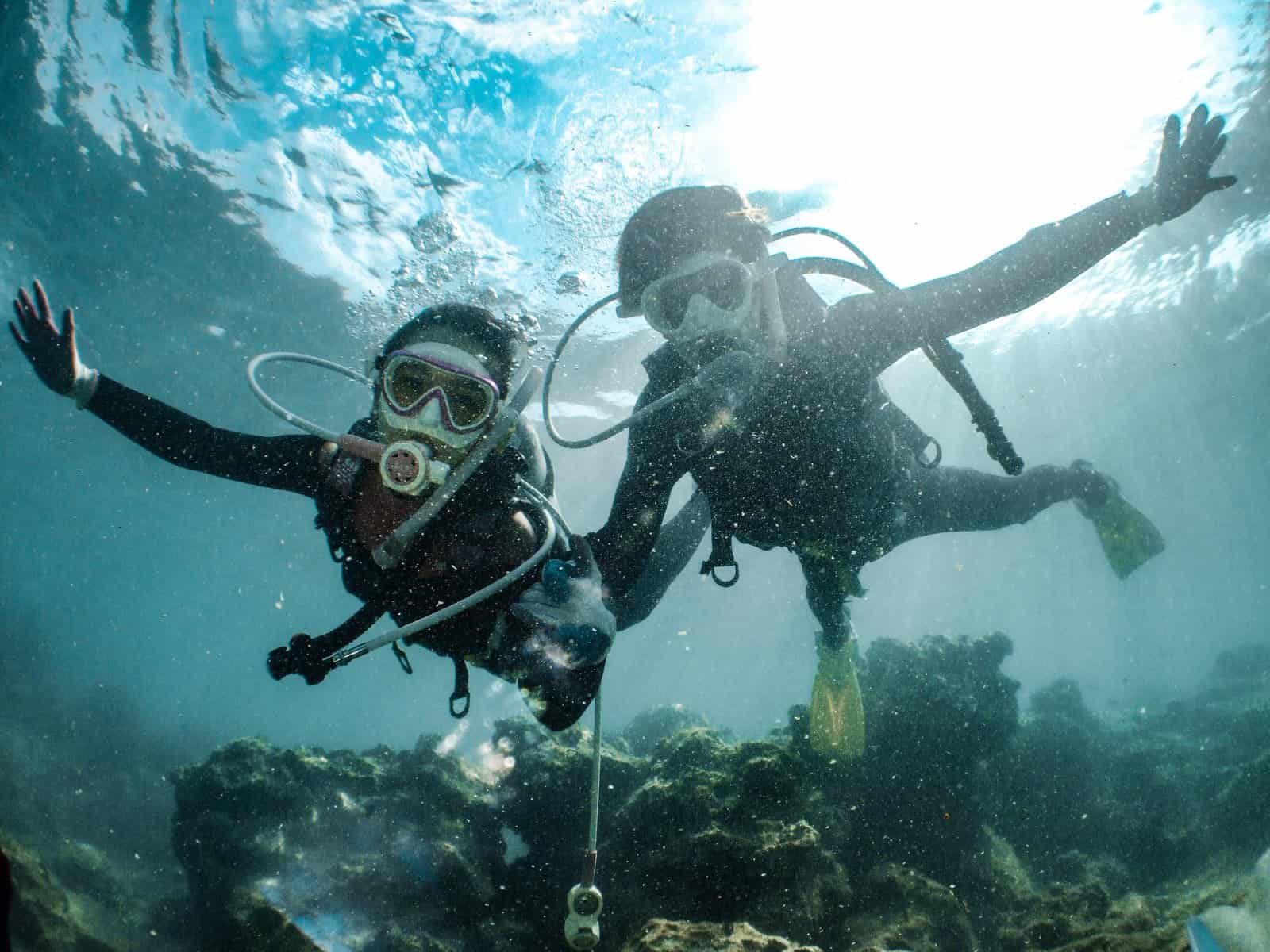
Diving History
- The oldest picture of underwater diving found is of an Assyrian soldier diving under the river using an inflatable goatskin bag.
- A relief mural shows an Assyrian attack and soldiers crossing the river by swimming and diving, depicting two archers seen on the left while defenders are on the right over the fortress.
- Traditional weaning for free diving underwater from Abd al-Kuri Island, Socotra Archipelago. It is a clip that the diver puts on his nose while diving. So that water does not seep into his stomach.
- Diving on pearls: It is also one of the ancient free diving tools to search for pearls in the Arab Gulf countries.
- There is an image that shows an exhibition of sponges and an ancient diving suit. This old extant trace of diving dates back to the Assyrians for several centuries BCE.
- Archaeological carvings show Assyrian soldiers crossing the river using inflated buoys made of goatskin.
- In the time of the ancient Romans and Greeks, there are many recorded cases of men swimming or diving in battles, but by holding their breath and without any auxiliary diving devices, except sometimes that they used hollow plant stems from breathing as a reed for superficial respiration (Snorkel).
- Around 1300 BC, Persian soldiers used underwater diving goggles with windows made from the polished outer layer of the tortoiseshell.
- In the fifteenth century, Leonardo da Vinci first mentioned pneumatic cylinders in Italy and wrote about systems used for underwater artificial respiration, but he did not mention them in detail because of what he called the “bad nature of humans” that they could use to kill and sink ships. Despite this, some drawings showed different types of diving systems, some of which were so advanced that they showed a design for collecting urine from the diver as well!
It can be said that the beginnings of diving were not for recreational purposes but primarily for military or commercial purposes, as in ancient Greece. For example, Plato and Homer mentioned the sponge and its use in bathing, and the island of Kalymnos was a major centre for diving for sponges, and sponge divers usually used 15 kilograms of weights for the purpose of accelerating their descent, and these divers had to hold their breath to descend to depths of more than 30 meters for a period of 5 minutes (breath holding) to collect the sponge for commercial purposes.
Underwater Diving Methods
There are several types of diving, divided according to their techniques and equipment. In the following we provide you with some details about them:
1. Diving without breathing equipment
- Free diving
Free diving does not use external breathing devices but depends only on the diver’s ability to hold his breath for as long as possible until he comes out to the surface. It includes a range of activities from mere breath-taking to competitive competitions.
Free diving is a technique used in many water activities. Among these recognized freediving activities are non-competitive free diving, spearfishing, underwater photography and mermaid shows. Less well-recognized examples of free diving include (water ballet, also known as synchronized swimming, underwater hockey and underwater fishing other than spearfishing).
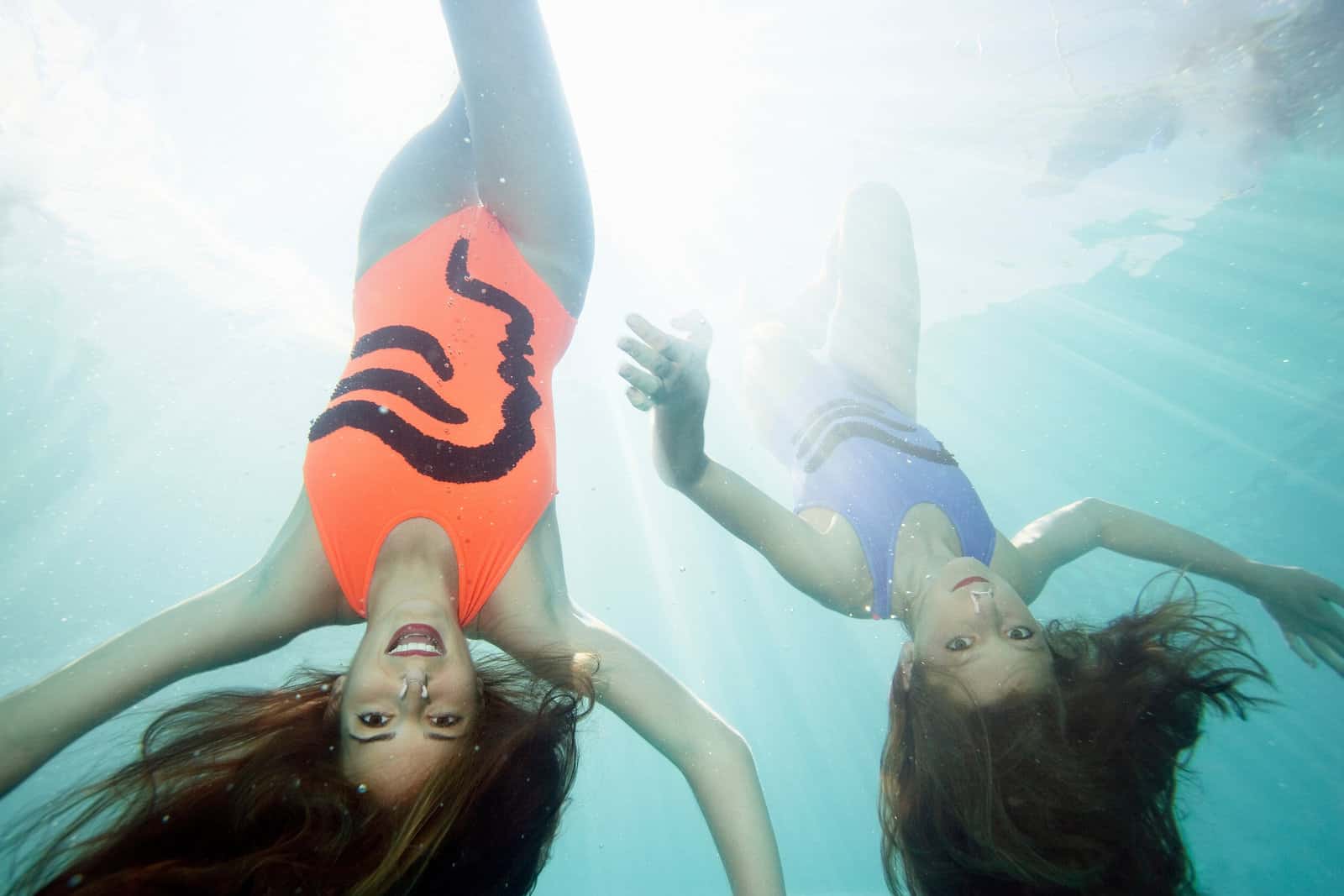
- Underwater swimming
It is that kind of swimming in water or any other liquid out of survival instinct, recreation, sports, or other reasons. It is achieved through the coordinated movement of the limbs, the body, or both. Humans are able to hold their breath underwater and swim in an innate fashion within weeks of birth, as it is a response to human evolution.
Swimming is among the recreational activities undertaken by a large number of common people. In some countries, swimming lessons are a mandatory part of the educational curriculum. As a primary sport, swimming has a range of local, national and international competitions, including the Olympic Games.
The diving reflex in mammals is an innate involuntary reaction of all mammals that occurs when diving or when they come into contact with water, and this includes humans as well. The diving reflex exists in humans as a survival mechanism. When cold water comes into contact with the human face. The fifth cranial nerve senses this and stimulates the brain, which in turn tightens the vagus nerve (the tenth cranial nerve), slowing the heart rate (bradycardia) and narrowing the peripheral blood vessels on the surface of the body.
Blood shifts to allow the blood plasma and water in the body to pass through the organs and the walls of the circulatory system to reach the chest cavity in order to protect the rest of the body’s organs from increased pressure. The lungs are gradually filled with blood plasma to protect the lungs from collapsing under excessive pressure. The plasma is subsequently absorbed into the body again when the pressure drops again.
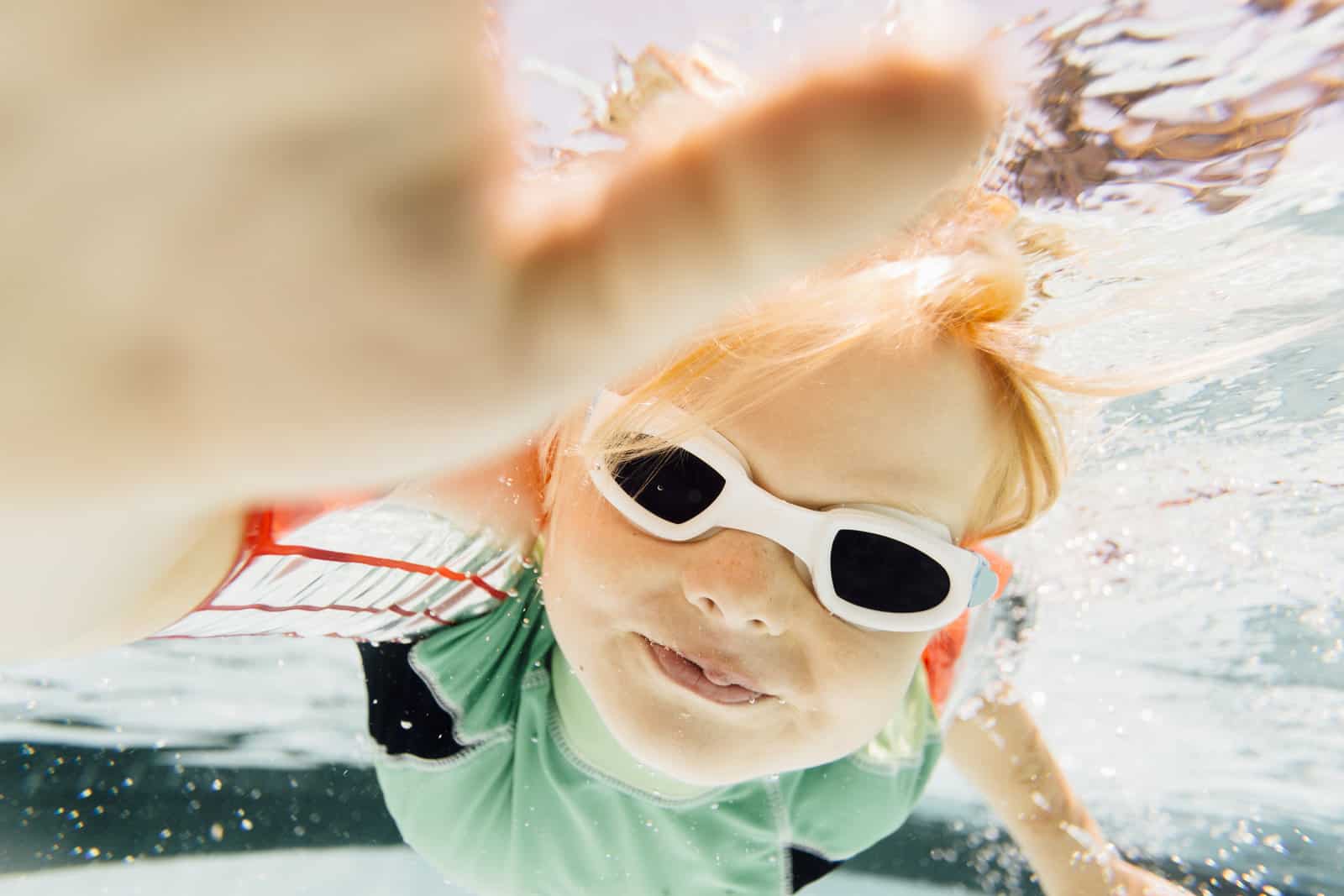
- Snorkelling
A picture of some people doing snorkelling, which is adding a short tube to breathe through the mouth, wearing glasses for water and fins in the legs, and the person is in a certain position under the water so that his face is immersed down the legs are up, lying on his stomach. This type is often used by tourists who go to the beaches, where it has great fun and suspense.
It is also characterized by great ease because it does not need complicated or expensive equipment, and it is usually at shallow depths where there is marine life from coral reefs and aquatic life in abundance close to the surface of the water and from the necessary sunlight, for the growth and spread of these aquatic organisms.
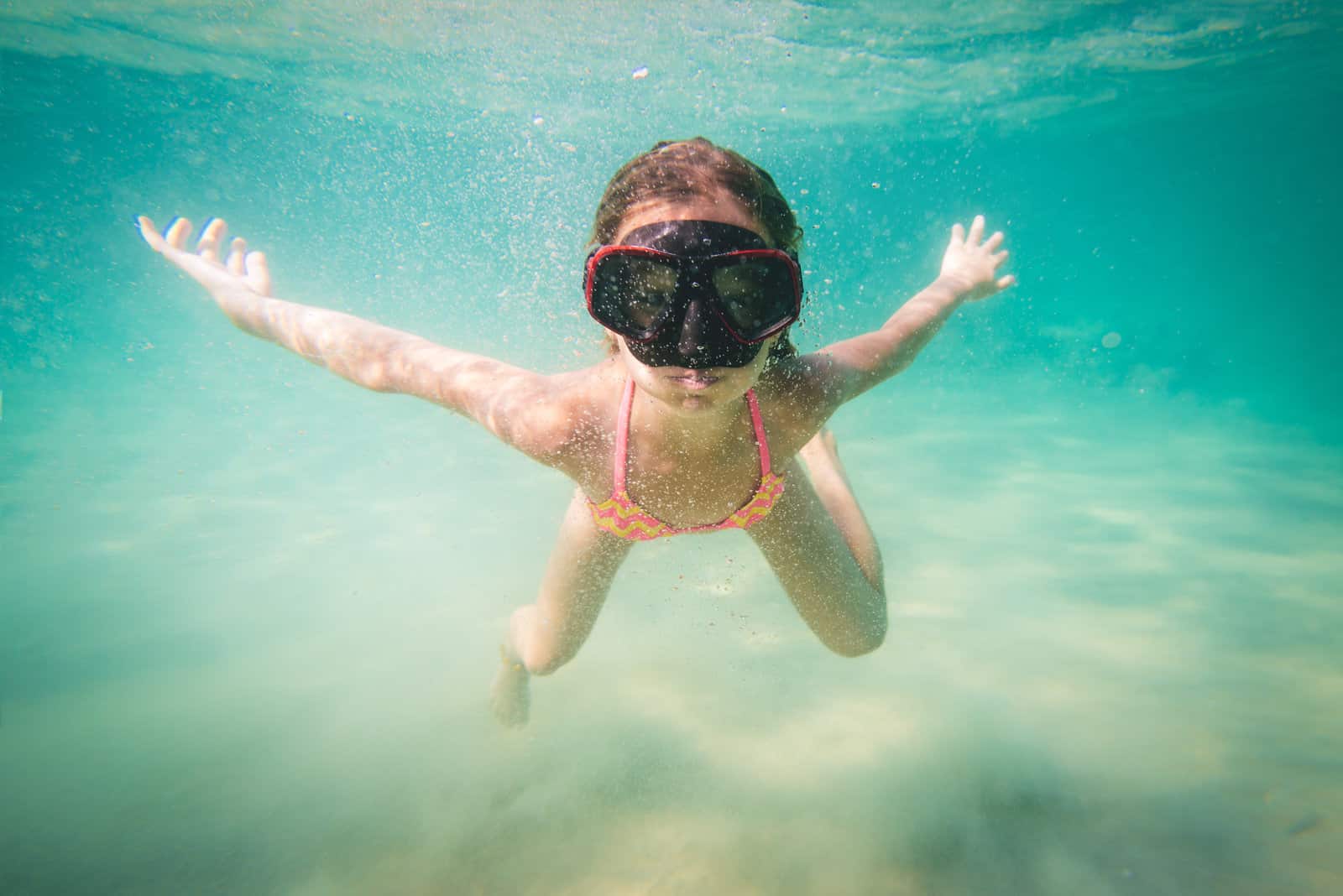
2. Diving with breathing equipment
- SCUBA diving
The breathing equipment and diving, in this case, are farther from the directed surface supplies diving, and the diver, in this case, is largely independent in his movement within the water. The word scuba comes from the English word SCUBA, which is an acronym for Self-Contained Underwater Breathing Apparatus. The diver carries on his back an independent tank that contains a large amount of compressed air, which he uses for breathing and for buoyancy.
Air may escape from the cylinder due to the diver not alerting the remaining amount of air by reading the pressure gauge connected to the cylinder, or due to an error in the devices such as a malfunction of the air pressure gauge, or in case of a technical error in the equipment that leads to air leakage from hoses or valves.
For this, the diver has to leave a quantity of air remaining in the emergency cylinder that he does not use for breathing or for buoyancy, and that calculated quantity is sufficient for the diver to ascend to the surface alone or with another diver who breathes both from the same tank.
In this case, the two divers may breathe together quickly, without I used to panic because of the psychological state of the accident, which quickly consumes the remaining amount of air. Accordingly, the emergency air quantity may not be used for the purpose of breathing to prolong the diving time.
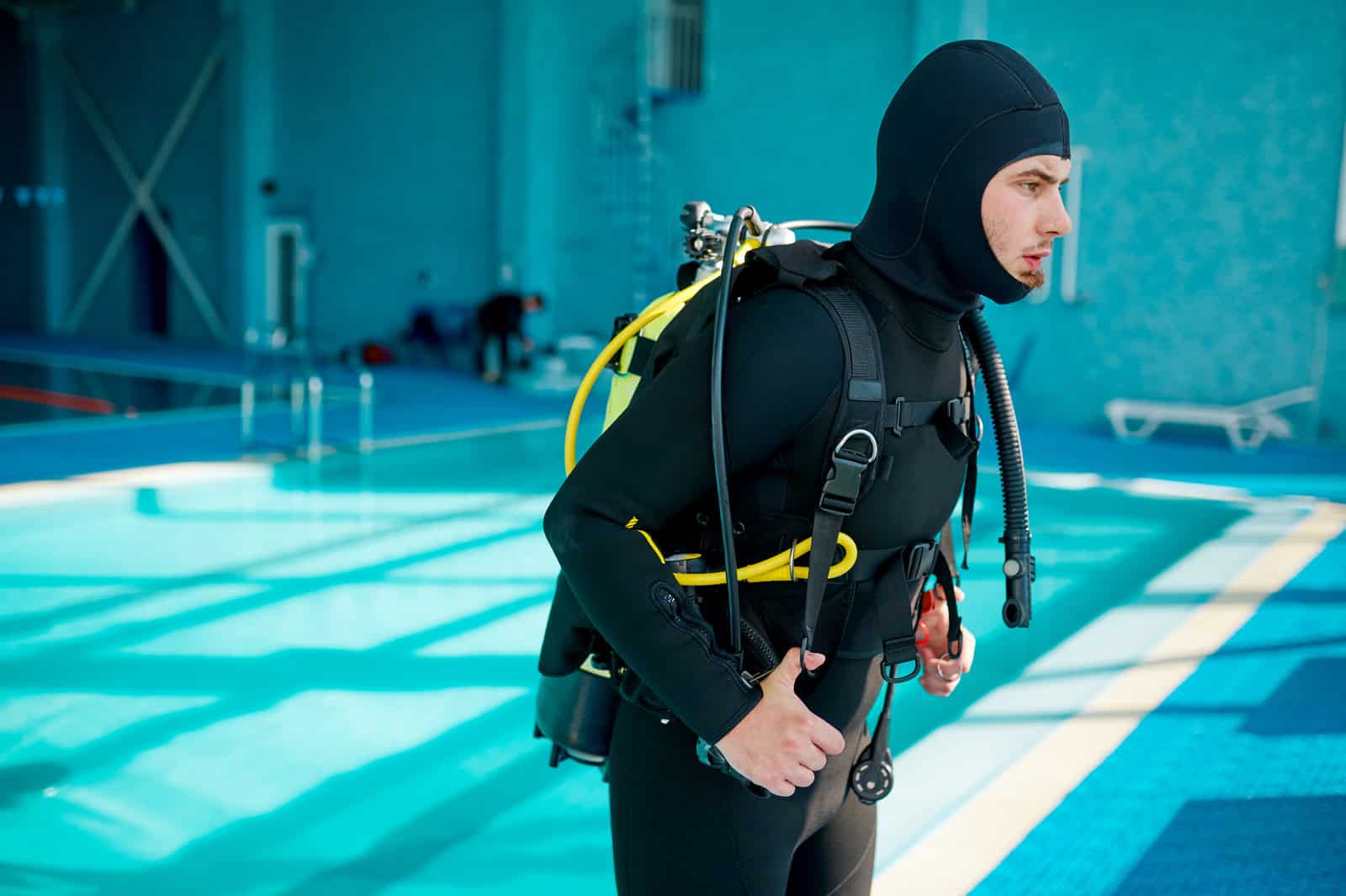
Types of Diving
It can be either professional or just for fun, here are some more details about them:
1. Recreational
It is usually for enjoyment, and diving techniques are also used extensively in this dive. Recreational diving encourages increased interest in the underwater marine environment. Recreational types include cave, wreck, ice, deep, night, drift, reef dive, and other types.
2. Professional
Divers can be used professionally to carry out underwater missions. Professional divers perform tasks related to industries that require underwater work or perform tasks related to marine activities, such as professional diving, including repair of boats and ships, salvage and lifting of wrecks or aquaculture.
There are a good number of divers who work, full-time or part-time, in the recreational divers community as instructors or dive guides. It is a profession in itself, with reference to the responsibility for the health and safety of clients.
Other speciality areas include military divers teams, such as frogmen, that play various roles in warfare. They can engage in close combat, infiltrate behind enemy lines, lay mines, dispose of bombs or conduct underwater engineering operations.
In civilian operations and police forces, they perform search and rescue operations and assist in the detection of crimes that may be associated with bodies of water. In some cases, rescue divers may also be part of fire department teams, as in some countries, or border guards, and this diving may be classified as public safety.
Finally, there are professional divers working in the water, such as underwater photographers or underwater filmmakers, who take it upon themselves to document the underwater world or dive for research and scientific purposes, including marine biology, geology, hydrology, oceanography and underwater archeology.
Competitions
There are two types of diving competitions out there. Jumping from the flex zone with a height of 1 meter and a height of 3 meters. Jumping off a stationary swimming platform. At a minimum height of 5 meters above the water surface.
1. Single Jump
The player must perform a variety of jumps in the water, and according to the player’s commitment to performing the jump required of him, the jury is usually made up of a general referee and five judges (in domestic competitions) or seven judges (in international competitions). Judges evaluate the jump and the duration of the accuracy of implementation and safety of movement. The title shall be obtained by the person who obtains the highest value of the total score.
2. Synchronous Diving
A competition for teams consisting of two players who perform the jump simultaneously, either from a movable or stationary board. The jump is evaluated by measuring the difficulty level of the jump and the high match between the pair.
Equipment
Diving equipment is the equipment that divers use underwater to make the activities easy, possible, safer and more comfortable. This equipment may be designed primarily for the purpose of diving or other equipment not directly related to diving activity but found suitable for use underwater by divers.
The equipment varies depending on the purpose of the diving trip. For example, deep diving requires different equipment from scuba, cave, or night diving, as well as diving in tropical regions, which is different from diving in cold regions in terms of supplies and equipment.
The essential component of equipment used by divers is breathing apparatus, such as those used in scuba or in surface supply diving, but there are other important equipment pieces that can make diving safer, more convenient or more efficient, such as:
Personal diving equipment:
- Protective equipment from exposure to different weather
- Water stability and movement equipment
- Scuba diving and underwater monitoring equipment
- Vision and communication equipment
- safety types of equipment
- Diver positioning equipment on the surface of the water
- Personal tools and accessories
- Team tools and equipment
- Surface equipment related to diving and underwater work
- Special equipment for working underwater that the diver does not carry
- ROV (Underwater Remote Control Vehicle)
Why not subscribe to our LearningMole Library for as little as £1.99 per month to access over 1000 fun educational videos.


Leave a Reply